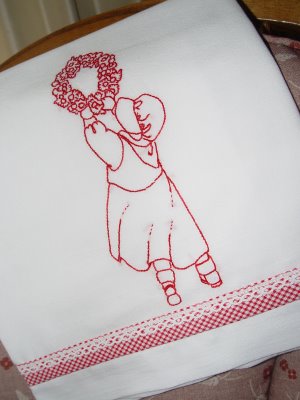"It is God to whom and with whom we travel, and while He is the end of our journey, He is also at every stopping place."
~ Elisabeth Elliot ~
Photo: Tombstone, Arizona





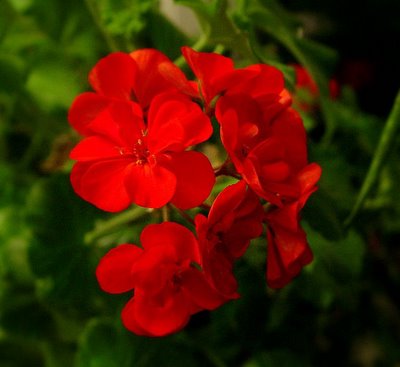
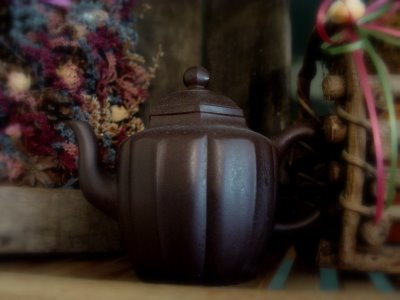

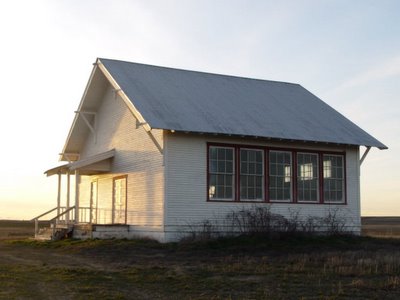
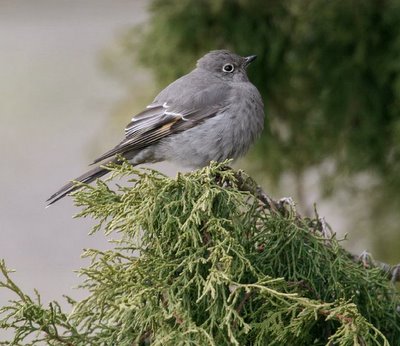



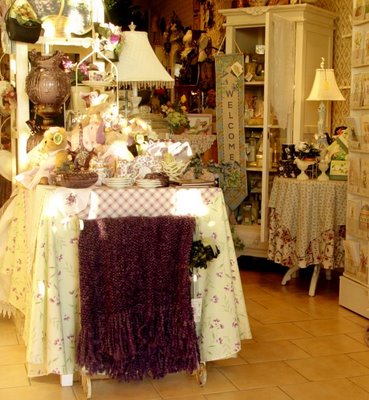
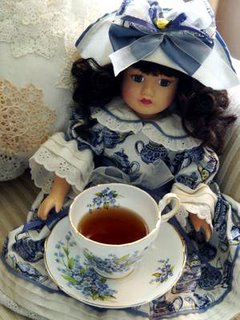 Creating a gentle cup of your favorite black tea can be achieved simply by a home decaffeination process. Black and green teas contain a high volume of antioxidants that strengthen the immune system and assist the bodies ability to fight disease. Unfortunately, these teas also contain caffeine, known to trick the nervous system into believing the body has more energy than a person's reserve source really has. The decaffeination process is simple. To make a delicious cuppa gentle tea, follow these steps. 1. Place tea leaves or tea bag in teapot. Use 1 tsp. tea leaves per one cup boiling water. Pour boiling water over the leaves in your teapot and allow to steep for exactly one minute. 2. Use a strainer and pour off the water. It can be poured down your kitchen drain, but I find that my plants thrive on this tea! 3. Use the same tea leaves or tea bags and pour fresh, boiling water over them. Steep for 3 - 4 minutes. A fresh, decaffeinated cup will be the result. 4. Sweeten to taste (I enjoy using the sweet leaf herb, stevia, for this). If desired, add a splash of lemon or soymilk. As the tea leaves steep, the first thing released is the caffeine. The next is color, and the final, flavor. With this home decaffeination process you will eliminate the caffeine, sacrifice some color, but no flavor. And, you will gain the benefit of a myriad of antioxidants for good health!
Creating a gentle cup of your favorite black tea can be achieved simply by a home decaffeination process. Black and green teas contain a high volume of antioxidants that strengthen the immune system and assist the bodies ability to fight disease. Unfortunately, these teas also contain caffeine, known to trick the nervous system into believing the body has more energy than a person's reserve source really has. The decaffeination process is simple. To make a delicious cuppa gentle tea, follow these steps. 1. Place tea leaves or tea bag in teapot. Use 1 tsp. tea leaves per one cup boiling water. Pour boiling water over the leaves in your teapot and allow to steep for exactly one minute. 2. Use a strainer and pour off the water. It can be poured down your kitchen drain, but I find that my plants thrive on this tea! 3. Use the same tea leaves or tea bags and pour fresh, boiling water over them. Steep for 3 - 4 minutes. A fresh, decaffeinated cup will be the result. 4. Sweeten to taste (I enjoy using the sweet leaf herb, stevia, for this). If desired, add a splash of lemon or soymilk. As the tea leaves steep, the first thing released is the caffeine. The next is color, and the final, flavor. With this home decaffeination process you will eliminate the caffeine, sacrifice some color, but no flavor. And, you will gain the benefit of a myriad of antioxidants for good health!
